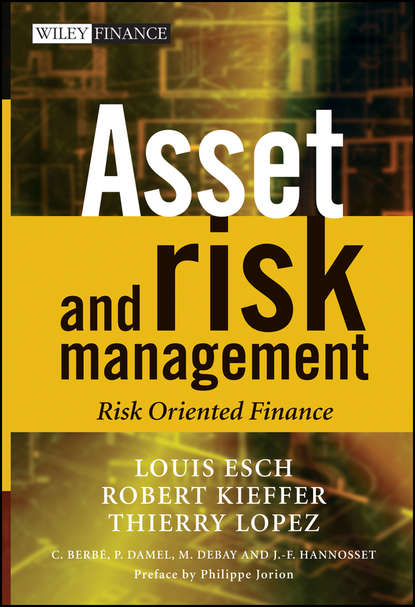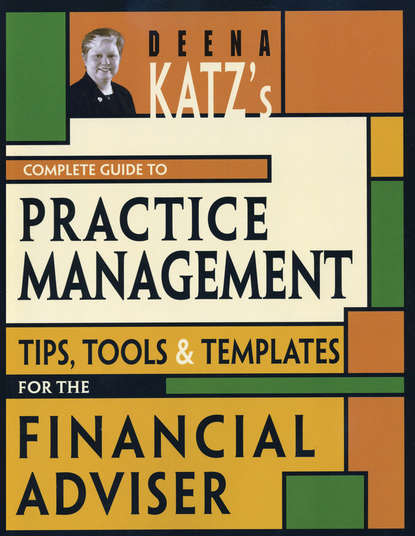Цель этой книги - изучить три важных компонента современной финансовой системы - управление рисками, управление активами и управление активами и обязательствами, а также связи, которые их объединяют. Книга разделена на пять частей: в первой части описываются финансовая и регуляторная среда, которые объясняют быстрое развитие этих трех областей за последние несколько лет, а также показывается, как функция управления рисками развивалась в последнее время в финансовых учреждениях. Вторая часть посвящена теориям управления активами и глубоко занимается оценкой финансовых активов и теориями, связанными с акциями, облигациями и опционами. Третья часть посвящена центральной теории управления рисками - общей теории "Value at Risk" (VaR), ее методам оценки и созданию методологии. Четвертая часть - это момент, когда управление активами и управление рисками встречаются. Она занимается управлением портфельными рисками (применением методов управления рисками к частному управлению активами), адаптацией простого индексного метода Шарпа и метода EGP для VaR, а также применением метода APT к инвестиционным фондам в терминах поведенческого анализа. Пятая часть - это момент, когда управление рисками и управление активами и обязательствами (ALM) встречаются, и затрагивает методы измерения структурных рисков на и вне баланса. Книга предназначена как для финансовых профессионалов, так и для студентов, чьи обучающие программы содержат финансовый компонент. "Эш, Киффер и Лопес предоставили нам всеобъемлющее и хорошо написанное исследование риска. Это обязательная к прочтению и хранению книга для всех тех, кто нуждается или стремится к профессиональному пониманию риска и его управления." - Гарри М. Марковиц, Сан-Диего, США.
Электронная Книга «Asset and Risk Management» написана автором Louis Esch в году.
Минимальный возраст читателя: 0
Язык: Английский
ISBN: 9780470012581
Описание книги от Louis Esch
The aim of this book is to study three essential components of modern finance – Risk Management, Asset Management and Asset and Liability Management, as well as the links that bind them together. It is divided into five parts: Part I sets out the financial and regulatory contexts that explain the rapid development of these three areas during the last few years and shows the ways in which the Risk Management function has developed recently in financial institutions. Part II is dedicated to the underlying theories of Asset Management and deals in depth with evaluation of financial assets and with theories relating to equities, bonds and options. Part III deals with a central theory of Risk Management, the general theory of Value at Risk or VaR, its estimation techniques and the setting up of the methodology. Part IV is the point at which Asset Management and Risk Management meet. It deals with Portfolio Risk Management (the application of risk management methods to private asset management), with an adaptation of Sharpe’s simple index method and the EGP method to suit VaR and application of the APT method to investment funds in terms of behavioural analysis. Part V is the point at which Risk Management and Asset and Liability Management (ALM) meet, and touches on techniques for measuring structural risks within the on and off balance sheet. The book is aimed both at financial professionals and at students whose studies contain a financial aspect. «Esch, Kieffer and Lopez have provided us with a comprehensive and well written treatise on risk. This is a must read, must keep volume for all those who need or aspire to a professional understanding of risk and its management.» —Harry M Markowitz, San Diego, USA



















